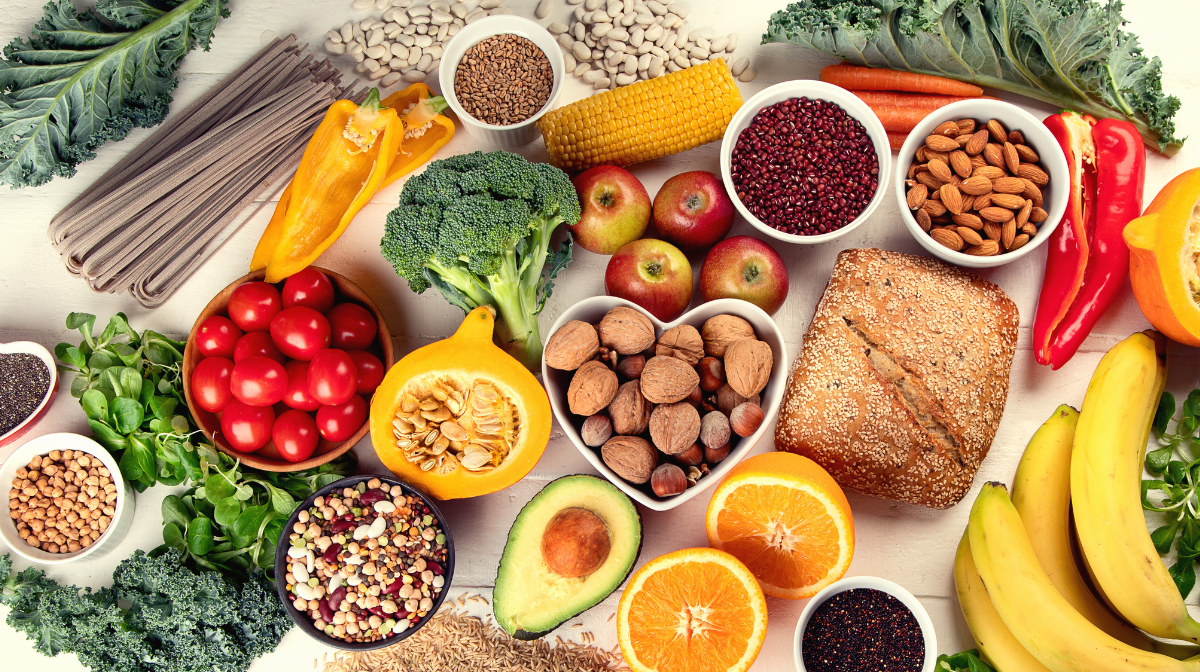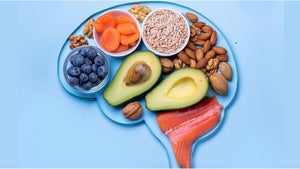The fibre we get from our food offers plenty of health benefits. But on average, adults in the UK aren’t getting enough of it.[1] That’s why we think it’s time everyone got to know fibre a little better.
You may already know that eating fibre-rich foods is great for your digestive system. But upping your fibre intake can be hugely beneficial for your overall health, too. If you're struggling with constipation, want to reduce your risk of heart disease, or just want to feel less ‘meh’ – eating more fibre-rich foods can make all the difference.
Read on for our advice, tips, and helpful information about the role of fibre in the body, its relationship with gut health, and how to increase your fibre intake.
What is fibre and why is it important?
Fibre is a type of carbohydrate that your body cannot digest or absorb. Instead, it passes through your digestive system relatively intact, providing a variety of health benefits along the way.
The fibre fan club is growing – and for good reason. For one, fibre helps digestion and keeps things moving through your intestines.[2] If you're not getting enough fibre, you might experience negative side effects like constipation – which we all know can be pretty uncomfortable, and sometimes even painful. If this is a regular occurrence for you, it’s probably time to reach for some fibre-rich foods on the daily. A whole-wheat porridge topped with berries in the morning could be just the trick!
The many health benefits that come with a diet high in fibre also span beyond the digestive system. Research has shown that a high-fibre diet can reduce your risk of heart disease, stroke, and certain types of cancer.[3]
Fibre can also help you feel fuller for longer.[4] If you've been advised by your doctor to lose weight, oftentimes you’ll need to switch to a diet low in calories. But when you incorporate enough high-fibre foods into what you’re eating, you’re less likely to get food FOMO. However, it's important to note that not all high-fibre foods are low in calories. For example, nuts and seeds are both excellent sources of fibre, but they're also relatively high in calories. If you're trying to lose weight, it's important to be mindful of your calorie intake as well as your fibre intake.
Fibre and the gut
Once it reaches the intestinal tract, fibre acts as a food and energy source for your gut bacteria – helping to support a healthy gut microbiome. Scientists are learning more about the many health benefits associated with a thriving gut microbiome every day. One of the most important things it does for us is protect against pathogens.[5] Our gut microbiome can even have an effect on our mood.[6] As well as eating fibre-rich foods, you can also give your gut microbiome some extra support by eating foods that are high in probiotics (think kefir, miso, and kimchi), and by taking a probiotic supplement like Alflorex®.
Increased intake of dietary fibre has also been linked to a healthier composition of gut microbiota, and improved health – as it helps more of the ‘good-for-you’ bacteria in your gut to survive, leaving less room for the bad kind.[7]
The different kinds of fibre
Fibre comes in two main forms – soluble and insoluble – and each is associated with its own unique health benefits. That’s why it’s important to make sure you’re eating a range of healthy foods which are rich in both soluble and insoluble fibre.
Soluble fibre can help regulate blood sugar and lower cholesterol levels.[8] As it travels through your body, it absorbs water, increasing stool bulk and creating a gel-like substance that aids digestion.[9]
Insoluble fibre, on the other hand, doesn't dissolve in water. That means it stays the same during digestion. Insoluble fibres keep the contents of your intestines moving, and can make bowel movements easier too.[10]
There is one more category of fibre that can be either soluble or insoluble: fermentable fibre. Fermentable fibre, as its name suggests, is fermented easily in your gut – more easily than other forms of fibre.[11] A major benefit of these fibres is that the fermenting process releases energy that is used to sustain your gut bacteria. So, if you want to support your gut health – as well as your overall health – fermentable fibre is key.[12]
How much fibre adults and children need per day
Now that you know a bit more about the many health benefits of a diet high in all kinds of fibre, you may be wondering how much of the stuff you need from day to day. The UK government’s recommendation is that adults aim for at least 30 grams of fibre per day.[13] For children, that number is a bit lower; according to the NHS, children under the age of five need about 15g of fibre a day, whereas children above eleven need 25 grams, and those in the middle need around 20 grams.[14]
How much fibre is too much?
While it's important to aim for adequate fibre intake, it is also possible to have too much of a good thing.
Wise men say, only fools rush in. This is certainly the case when it comes to incorporating fibre-rich foods into your diet. Health experts recommend that increasing your fibre intake should always be done gradually – over a few weeks – to give the delicate balance of bacteria in your gut time to adjust to the new (healthy) change. If you introduce lots of fibre-rich foods into your diet very suddenly, you may experience cramps, bloating, and excess gas.[15]
It's important to listen to your body and increase your fibre intake gradually. Also, be sure to drink plenty of water to help fibre move through your digestive system more easily.
Everyday foods that are high in fibre
Fibre-rich foods come in all different forms, and most of them aren’t too hard to come by. You can get your daily dose of fibre from eating lots of fruits and vegetables, as well as whole grains, nuts, and seeds. Some foods are higher in one particular kind of fibre – soluble or insoluble – and it’s important to make sure you’re consuming both to support your gut and overall health.
Fibre-rich fruits
An apple a day keeps the doctor away. An apple a day is a great source of fibre, too, although this statement has less of a fun ring to it. One medium apple contains 4 grams of fibre – and considering that the average daily intake you should aim for is around 30 grams, an apple puts you right on track.
Apples, as well as grapefruit and oranges, are also particularly high in soluble fibre. Fruits that are high in insoluble fibre include grapes, berries, rhubarb, and pineapple.[16]
Snacks that are high in fibre
Everyone loves snacks, and leading a healthy lifestyle shouldn’t stop you from indulging in them.
You may not have realised that popcorn is an especially fibre-rich snack. Next time you watch a movie, give yourself a pat on the back if you order some (preferably without sugar or salt!). You’re doing your gut and body some good!
Fibre-rich snacks also include sandwiches made with whole wheat bread, almonds, and avocado[17] – which can be enjoyed on toast, or in a salad.
Fibre-rich meal ideas
An easy way to up your fibre intake is to include more fibre-rich ingredients in your main meals. Sweet potatoes, brown rice, and beans are all high in fibre – as well as being rich in other vitamins and minerals. Swapping out white rice for brown as a complement to your main meals can make a big difference to your daily fibre intake, and your health. Legumes are also very fibre-rich. Try them in curries or stews!
Keeping the fibre in your food – the problem with processed foods
One important thing to note is that processing foods can lower their fibre content. This is because fibre is often found in higher amounts in the skin of different fruits and vegetables. An orange juice doesn’t deliver when it comes to fibre – but a whole orange certainly does. Peeled potatoes also have less fibre than skin-on potatoes – so try making your roasts with the skin on if you want to up your fibre.
Making fibre your friend
Fibre is a crucial component of a healthy diet and can provide a variety of health benefits. By consuming plenty of fibre-rich foods, as well as supporting your gut health through healthy lifestyle choices, taking probiotic supplements or eating probiotic-rich foods, you can reap an array of benefits and feel your best. Here’s to a long friendship with fibre.
Discover Fibre Rich Recipes
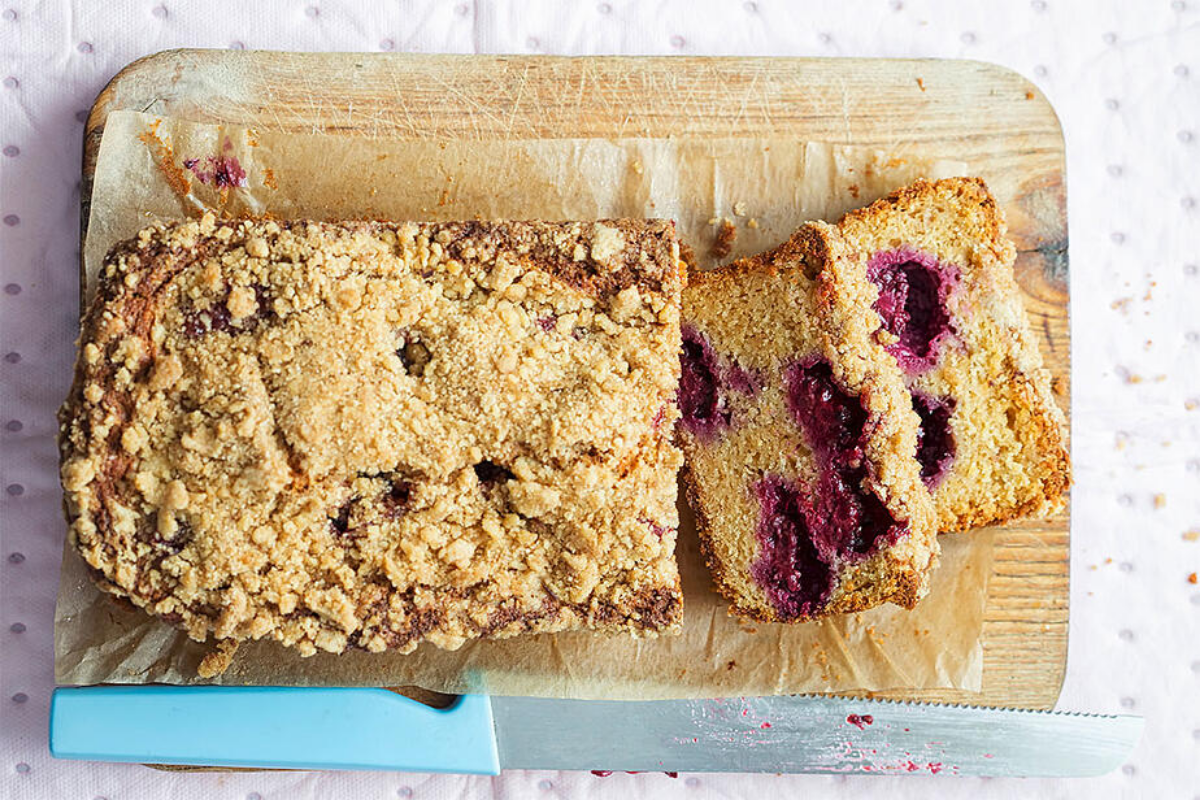
Blackberry and apple loaf
Our blackberry and apple loaf cake is so simple to make and is sugar free making a healthy snack between meals.
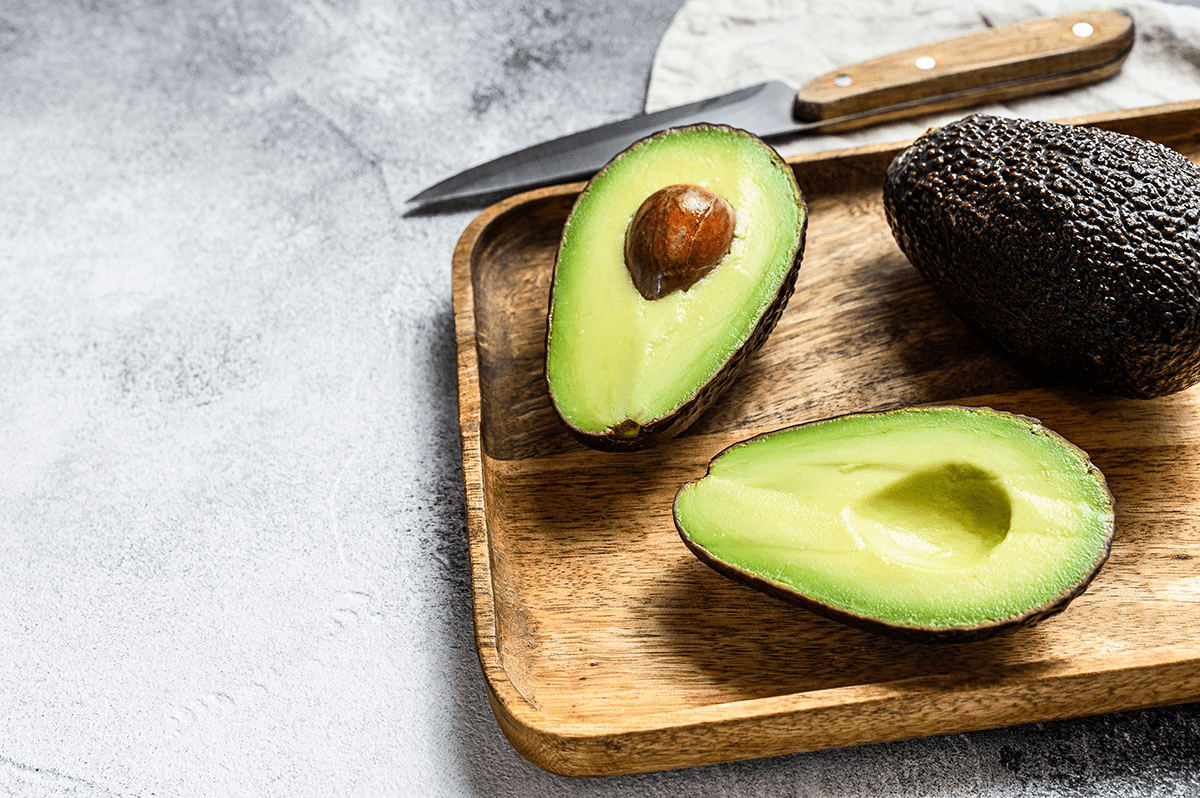
Salmon and avocado rice salad
Our smoked salmon and avocado salad makes for a quick and delicious lunch. Try the recipe here.
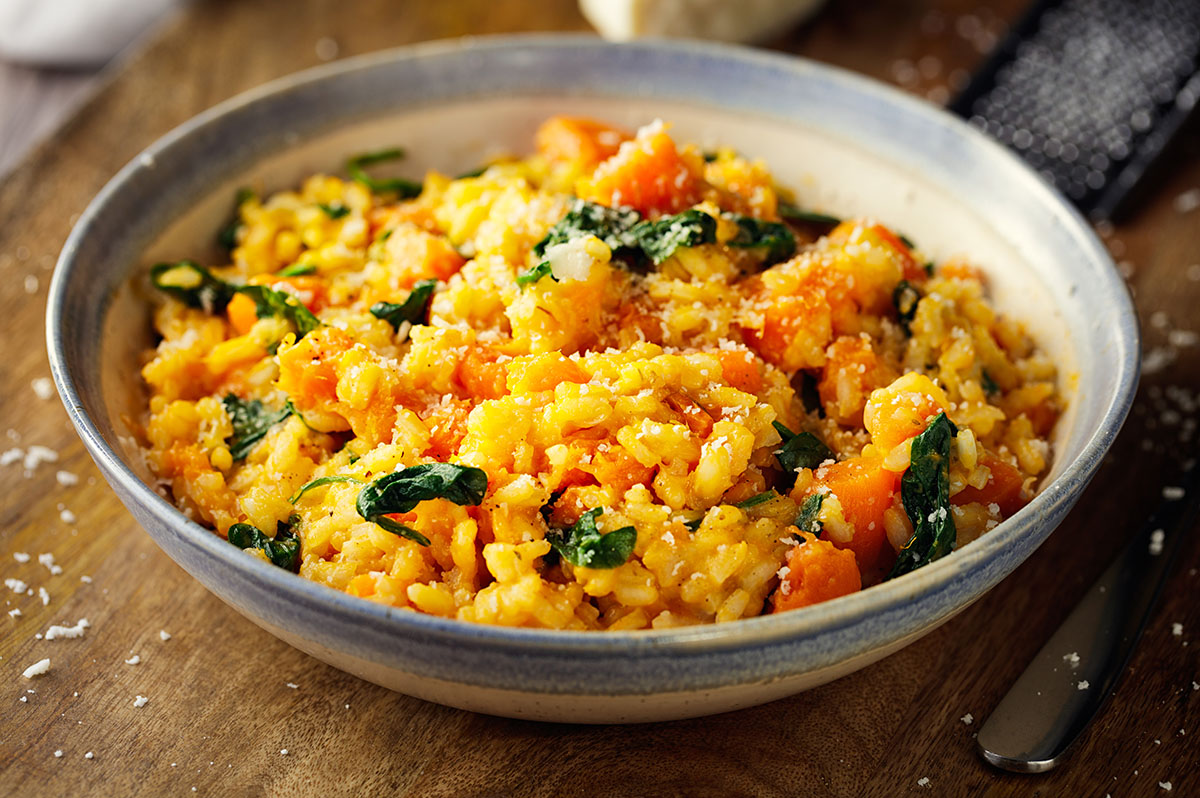
Sweet potato, spinach and coconut risotto
Our sweet potato and spinach risotto is a great source of carbohydrate, needed both before and after strenuous exercise. Try the recipe here.
Sources
[1]https://www.nhs.uk/live-well/eat-well/digestive-health/how-to-get-more-fibre-into-your-diet/
[2]https://www.nhs.uk/live-well/eat-well/digestive-health/how-to-get-more-fibre-into-your-diet/
[3]https://www.nhs.uk/live-well/eat-well/digestive-health/how-to-get-more-fibre-into-your-diet/
[4]https://www.nhs.uk/live-well/eat-well/digestive-health/how-to-get-more-fibre-into-your-diet/
[5]https://www.hsph.harvard.edu/nutritionsource/microbiome/
[6]https://www.ncbi.nlm.nih.gov/pmc/articles/PMC6389720/
[7]https://www.bmj.com/content/361/bmj.k2179
[8]https://www.healthline.com/nutrition/22-high-fiber-foods#TOC_TITLE_HDR_18
[9]https://www.healthline.com/health/soluble-vs-insoluble-fiber?utm_source=ReadNext#benefits
[10]https://www.healthline.com/health/soluble-vs-insoluble-fiber?utm_source=ReadNext#risks
[11]https://www.monashfodmap.com/blog/more-fodmaps-fermentable-fibres-ibs/
[12]https://www.monashfodmap.com/blog/more-fodmaps-fermentable-fibres-ibs/
[13]https://www.nhs.uk/live-well/eat-well/digestive-health/how-to-get-more-fibre-into-your-diet/
[14]https://www.nhs.uk/live-well/eat-well/digestive-health/how-to-get-more-fibre-into-your-diet/
[15]https://www.mayoclinic.org/healthy-lifestyle/nutrition-and-healthy-eating/in-depth/fiber/art-20043983#:~:text=High%2Dfiber%20foods%20are%20good,to%20adjust%20to%20the%20change.
[16]https://www.monashfodmap.com/blog/dietary-fibre-series-insoluble-fibre/
[17]https://www.forbes.com/health/body/best-fiber-snacks/
